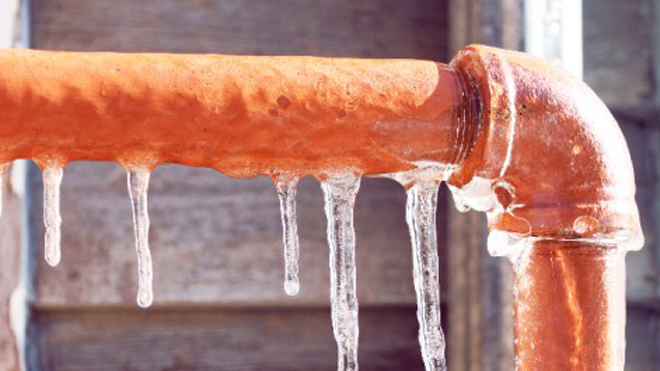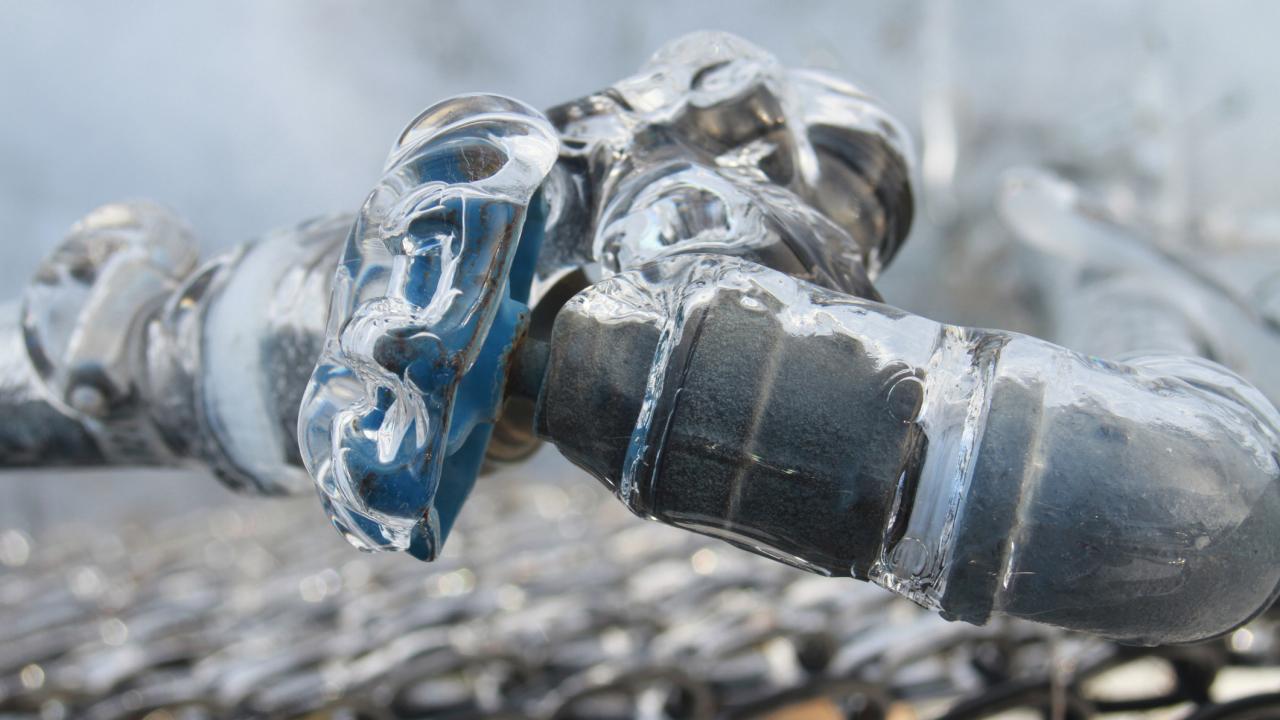Tips to Avoid Frozen Plumbing in Winter: Pro Tips
Tips to Avoid Frozen Plumbing in Winter: Pro Tips
Blog Article
Presented here below you will discover additional quality details involving Helpful Tips to Prevent Frozen Pipes this Winter.

Cold weather can damage your plumbing, specifically by freezing pipelines. Here's just how to avoid it from taking place and what to do if it does.
Intro
As temperatures decrease, the risk of icy pipelines boosts, possibly leading to costly fixings and water damage. Recognizing just how to prevent icy pipelines is essential for property owners in cool climates.
Comprehending Frozen Pipes
What creates pipes to ice up?
Pipelines freeze when exposed to temperatures listed below 32 ° F (0 ° C) for prolonged periods. As water inside the pipes ices up, it broadens, taxing the pipeline wall surfaces and possibly triggering them to burst.
Threats and problems
Frozen pipes can cause water disturbances, residential property damages, and pricey fixings. Ruptured pipelines can flood homes and create substantial structural damages.
Indications of Frozen Piping
Identifying icy pipes early can prevent them from bursting.
Just how to identify icy pipelines
Search for lowered water circulation from taps, unusual odors or sounds from pipelines, and visible frost on exposed pipes.
Prevention Tips
Protecting prone pipes
Cover pipelines in insulation sleeves or use warmth tape to safeguard them from freezing temperature levels. Focus on pipelines in unheated or external locations of the home.
Heating strategies
Maintain indoor spaces effectively warmed, particularly locations with pipes. Open closet doors to enable warm air to distribute around pipes under sinks.
Securing Outdoor Plumbing
Garden hose pipes and outside taps
Disconnect and drain pipes yard pipes before wintertime. Install frost-proof faucets or cover outside taps with protected caps.
What to Do If Your Pipelines Freeze
Immediate activities to take
If you believe frozen pipelines, maintain faucets open up to ease stress as the ice melts. Use a hairdryer or towels soaked in warm water to thaw pipelines gradually.
Long-Term Solutions
Structural adjustments
Think about rerouting pipes far from exterior wall surfaces or unheated locations. Add added insulation to attics, basements, and crawl spaces.
Updating insulation
Purchase top notch insulation for pipelines, attic rooms, and wall surfaces. Appropriate insulation aids keep regular temperatures and lowers the risk of frozen pipes.
Conclusion
Protecting against icy pipelines needs positive actions and fast reactions. By understanding the causes, indications, and preventive measures, home owners can protect their pipes throughout cold weather.
5 Ways to Prevent Frozen Pipes
Drain Outdoor Faucets and Disconnect Hoses
First, close the shut-off valve that controls the flow of water in the pipe to your outdoor faucet. Then, head outside to disconnect and drain your hose and open the outdoor faucet to allow the water to completely drain out of the line. Turn off the faucet when done. Finally, head back to the shut-off valve and drain the remaining water inside the pipe into a bucket or container. Additionally, if you have a home irrigation system, you should consider hiring an expert to clear the system of water each year.
Insulate Pipes
One of the best and most cost-effective methods for preventing frozen water pipes is to wrap your pipes with insulation. This is especially important for areas in your home that aren’t exposed to heat, such as an attic. We suggest using foam sleeves, which can typically be found at your local hardware store.
Keep Heat Running at 65
Your pipes are located inside your walls, and the temperature there is much colder than the rest of the house. To prevent your pipes from freezing, The Insurance Information Institute suggests that you keep your home heated to at least 65 degrees, even when traveling. You may want to invest in smart devices that can keep an eye on the temperature in your home while you’re away.
Leave Water Dripping
Moving water — even a small trickle — can prevent ice from forming inside your pipes. When freezing temps are imminent, start a drip of water from all faucets that serve exposed pipes. Leaving a few faucets running will also help relieve pressure inside the pipes and help prevent a rupture if the water inside freezes.
Open Cupboard Doors
Warm your kitchen and bathroom pipes by opening cupboards and vanities. You should also leave your interior doors ajar to help warm air circulate evenly throughout your home.

I hope you enjoyed reading our piece on Prevent Frozen Pipes . Thanks so much for taking time to read through our blog. Do you know somebody who is involved in the topic? Do not hesitate to share it. Thank you for your time invested reading it.
Call Today Report this page